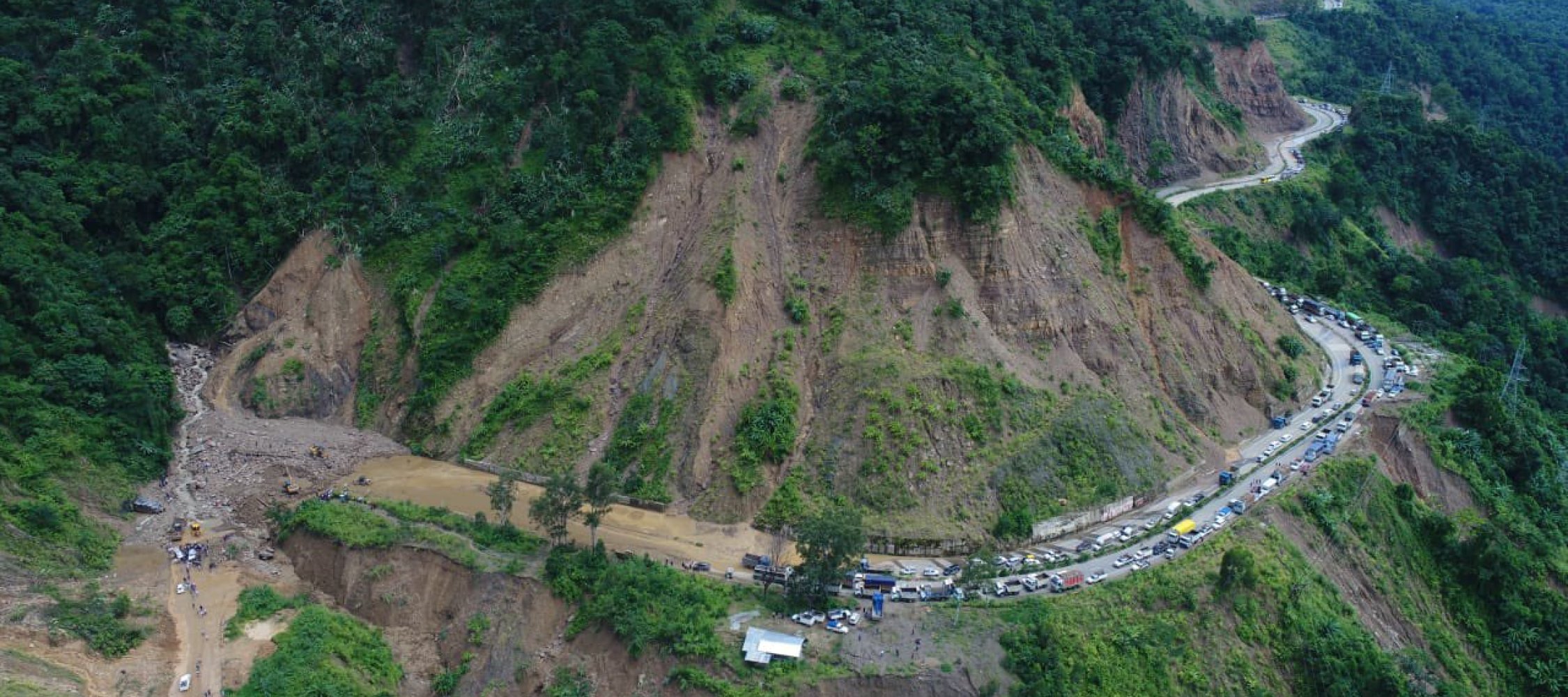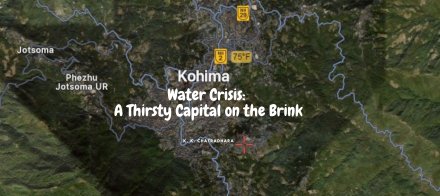 |
Nagaland has been grappling with severe landslides in 3rd September 2024, primarily triggered by incessant rainfall that has wreaked havoc on National Highway-29 (NH-29), the state’s main artery connecting the commercial hub of Dimapur to the capital, Kohima. The most affected areas include Pherima and Pagla Pahar, where large sections of the highway have been washed away, cutting off key transport links, stranding vehicles, and leaving communities isolated
Casualties and Destruction
One of the most tragic consequences of these landslides has been the loss of lives. At least six people, including a woman, were killed in Pherima village after landslides caused their houses to collapse. Several other houses, roadside eateries, and sections of NH-29 have been destroyed by the continuous mudslides. Pagla Pahar, notorious for its steep terrain, saw a significant portion of the highway washed into the Chathe River, making the already fragile road infrastructure even more treacherous.
The damage to NH-29 has severely disrupted travel and supply chains. The highway is crucial for the transport of essential goods, not just within Nagaland but also to Manipur, which relies heavily on it. The complete blockade of this route has caused concern about potential shortages of essential commodities.
Search and Rescue Efforts
In response to the landslides, search and rescue operations have been in full swing. Emergency services have been deployed to clear the debris, but the scale of destruction means it will take time to restore normalcy. The Chief Minister of Nagaland, Neiphiu Rio, expressed deep concern over the situation, calling for immediate intervention by the Government of India and the National Highways & Infrastructure Development Corporation Limited (NHIDCL)
Despite ongoing efforts, heavy rainfall has hampered rescue and road-clearing operations, making it a challenge to ensure the safe passage of both people and goods. Alternate routes, such as the Niuland-Ghotovi-Zhadima and Dimapur-Peren-Khonoma roads, have been opened to light vehicles, although these roads are far from ideal due to their own susceptibility to landslides Some commuters are also using a much longer detour via Mokokchung, but this has added significant travel time.
Impact on Communities
The immediate aftermath of the landslides has led to widespread panic among the public, with long lines forming at fuel stations and shops as people rush to stockpile essential supplies. However, authorities have reassured citizens that there is no shortage of fuel or other essential commodities, as alternate routes remain functional for supply purposes. The district police and administration have urged people not to resort to panic buying and have reassured them that supply chains remain intact
Government Response and Long-Term Concerns
The Nagaland government is taking a proactive stance, working alongside national agencies to address both the short-term disaster and the longer-term problem of frequent landslides in the region. Deputy Chief Minister T.R. Zeliang has expressed his anguish over the loss of life and property, emphasizing the need for an in-depth assessment of NH-29’s susceptibility to landslides. This four-lane highway has been a focal point for recurrent disasters, raising questions about the adequacy of the current infrastructure in the face of increasingly extreme weather.
As climate change continues to intensify, such landslides may become more frequent, necessitating stronger mitigation measures. The government is expected to press for more robust disaster-resilient infrastructure to safeguard communities and maintain the crucial link between Dimapur and Kohima, as well as onward to Manipur.
In the meantime, travellers are advised to avoid NH-29 and use alternate routes with extreme caution, especially as weather conditions remain unpredictable. Public advisories warn of potential additional landslides and rock slides in the coming days, and authorities have requested that non-essential travel be postponed until the situation stabilizes.
The future
The September 2024 landslides in Nagaland are a stark reminder of the region’s vulnerability to natural disasters, particularly during the monsoon season. While the loss of life and destruction is a tragic immediate outcome, it also highlights the need for long-term infrastructure planning and disaster preparedness to minimize the impact of such events in the future. With government intervention and the resilience of local communities, efforts are now focused on restoring connectivity and providing aid to those affected by this calamity.


